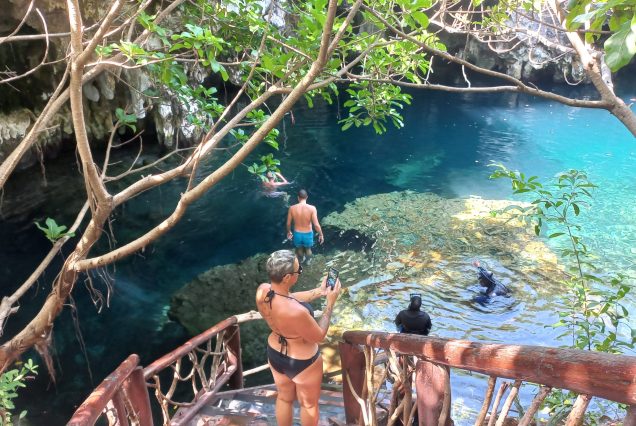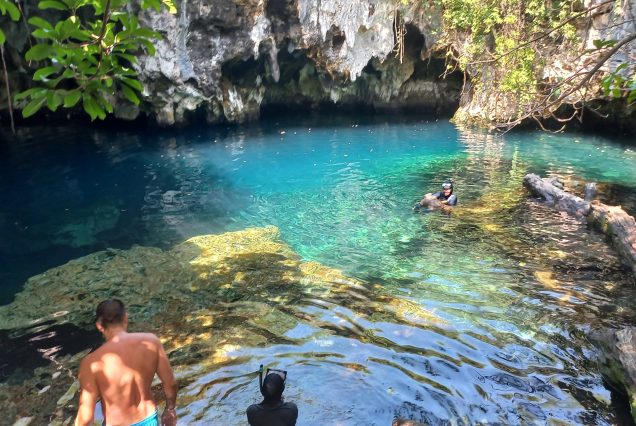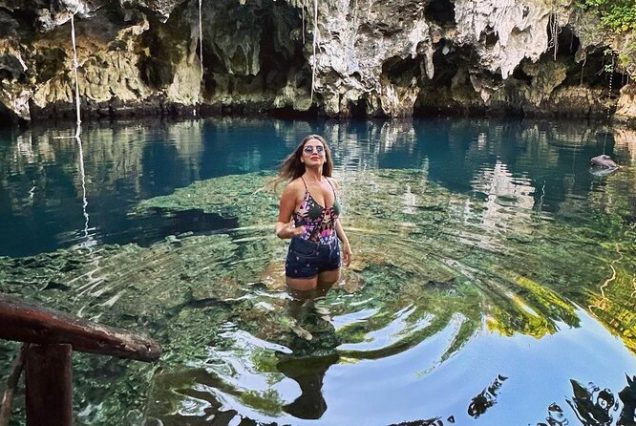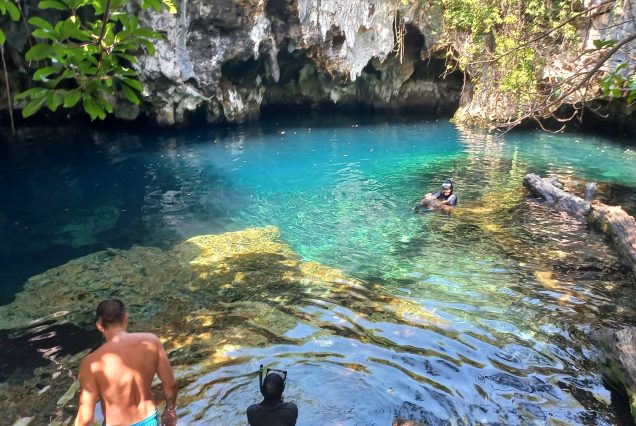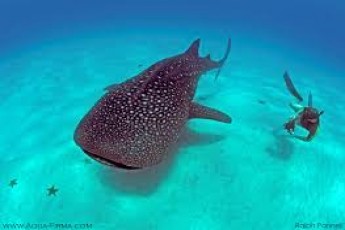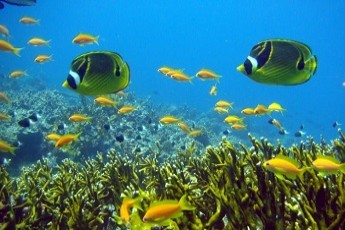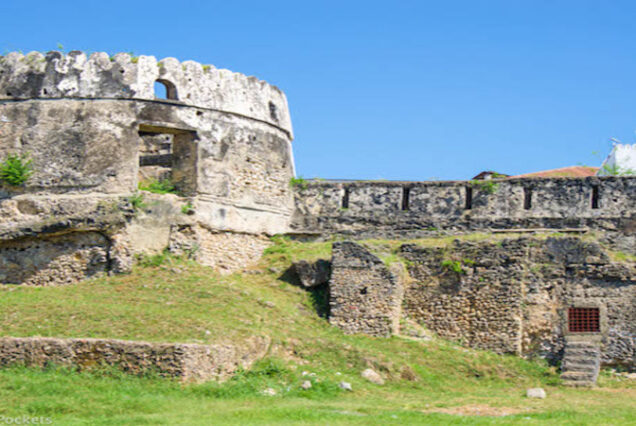
Discovering Maalum Cave: A Geological and Ecological Wonder in Malaysia
Maalum Cave, nestled in the lush Malaysian rainforest, stands as a breathtaking geological wonder that attracts researchers and adventure seekers alike. Famous for its stunning rock formations and vibrant biodiversity, Maalum Cave is a pivotal site for scientific research and ecological conservation. In this article, we explore the cave’s unique geological characteristics, ecological importance, historical significance, and the modern challenges it faces.
Geological Features of Maalum Cave
Maalum Cave is celebrated for its remarkable limestone formations, intricately shaped over millions of years by natural processes such as erosion and sedimentation. This captivating cave is part of a vast karst landscape, which features mesmerizing topography, including sinkholes, underground rivers, and dramatic limestone cliffs. As you enter Maalum Cave, you are greeted by expansive chambers adorned with stunning stalactites and stalagmites, formed by the gradual accumulation of mineral deposits.
The geological history of Maalum Cave dates back to the Late Cretaceous period, around 70 million years ago, when the area was submerged under a shallow sea. Over millions of years, tectonic shifts uplifted the land, exposing these limestone formations. The dynamic interactions of water, air, and biological activity have further sculpted the cave’s breathtaking interior, creating a natural gallery of intricate sculptures.
Beyond its aesthetic allure, Maalum Cave serves as a crucial site for geological research. Scientists analyze its formations to uncover insights into past climate patterns and geological events. The cave’s stratified layers provide a clear record of environmental shifts over time, rendering it an invaluable resource for understanding our planet’s history.
Ecological Significance of Maalum Cave
Maalum Cave is not merely a geological marvel; it is also an essential ecosystem that supports a diverse range of flora and fauna. The cave’s unique microclimate provides a conducive habitat for various species thriving in darkness and high humidity. Notably, several bat species roost within its chambers, playing a pivotal role in the local ecosystem as pollinators and seed dispersers.
The cave is also home to an array of organisms, including insects, fungi, and microorganisms that have uniquely adapted to the cave environment. Many species found within Maalum Cave are endemic, meaning they exist nowhere else on Earth. This rich biodiversity underscores the critical need for conservation efforts to protect the cave, as it contributes significantly to global biological diversity.
Moreover, the surrounding rainforest is vital in maintaining the cave’s ecological balance. Acting as a natural filter for water, the forest ensures that only clean water enters the cave, sustaining its delicate ecosystems. Conservation initiatives aimed at protecting both Maalum Cave and its surrounding rainforest are essential for preserving this intricate biological web.
Historical Context of Maalum Cave
Maalum Cave boasts a rich history intertwined with local cultures and traditions. Indigenous communities have long revered the cave as a sacred space, often linking it to their spiritual beliefs and practices. Archaeological findings suggest that humans have utilized Maalum Cave for thousands of years, using it for shelter and ceremonial purposes.
Artifacts unearthed within the cave provide valuable insights into the lives of ancient peoples who once inhabited this region. Discoveries such as tools, pottery shards, and remnants of food indicate that Maalum Cave was historically a hub of human activity. Its historical significance extends beyond archaeology; it stands as a testament to the enduring connection between humans and their natural environment.
In recent times, there has been a surge of interest in eco-tourism around Maalum Cave. Guided tours allow visitors to explore its stunning formations while educating them about its ecological and historical significance. However, this increased attention raises concerns about potential impacts on the fragile ecosystem.
Challenges and Conservation Efforts for Maalum Cave
despite its natural beauty and ecological importance, Maalum Cave faces several challenges that threaten its integrity. Key concerns include environmental degradation caused by human activities. The increase in tourism can lead to littering, trampling of vegetation, and disturbances to wildlife habitats. Additionally, illegal mining activities in nearby areas pose significant risks to the surrounding ecosystem and water quality.
To safeguard Maalum Cave and its unique environment, conservation efforts are essential. Local authorities and environmental organizations are collaborating to implement sustainable tourism practices that minimize human impact while raising awareness about the cave’s significance. Educational programs aim to engage visitors in conservation efforts, ensuring that Maalum Cave remains a protected treasure for generations to come.
Price: $40 usd per person
Duration: 2 to 3 hours
Included/Excluded
- Guide fee - Boat fee
- Conservation fee
- All government taxes
- Transfer from hotel, available at an additional cost
You May Like
Mafia Island
Sea Turtles Zanzibar
Mnemba Atoll trip
Stone Town Tour Zanzibar

A Zanzibar Tours and Excursion Company providing Day Tour and Holiday Tour packages at affordable cost.
Contact Info
- P O Box 61, Stone Town Zanzibar, Tanzania
- Copyright ©2024 All Rights Reserved By zanzibar-tours.co.tz

